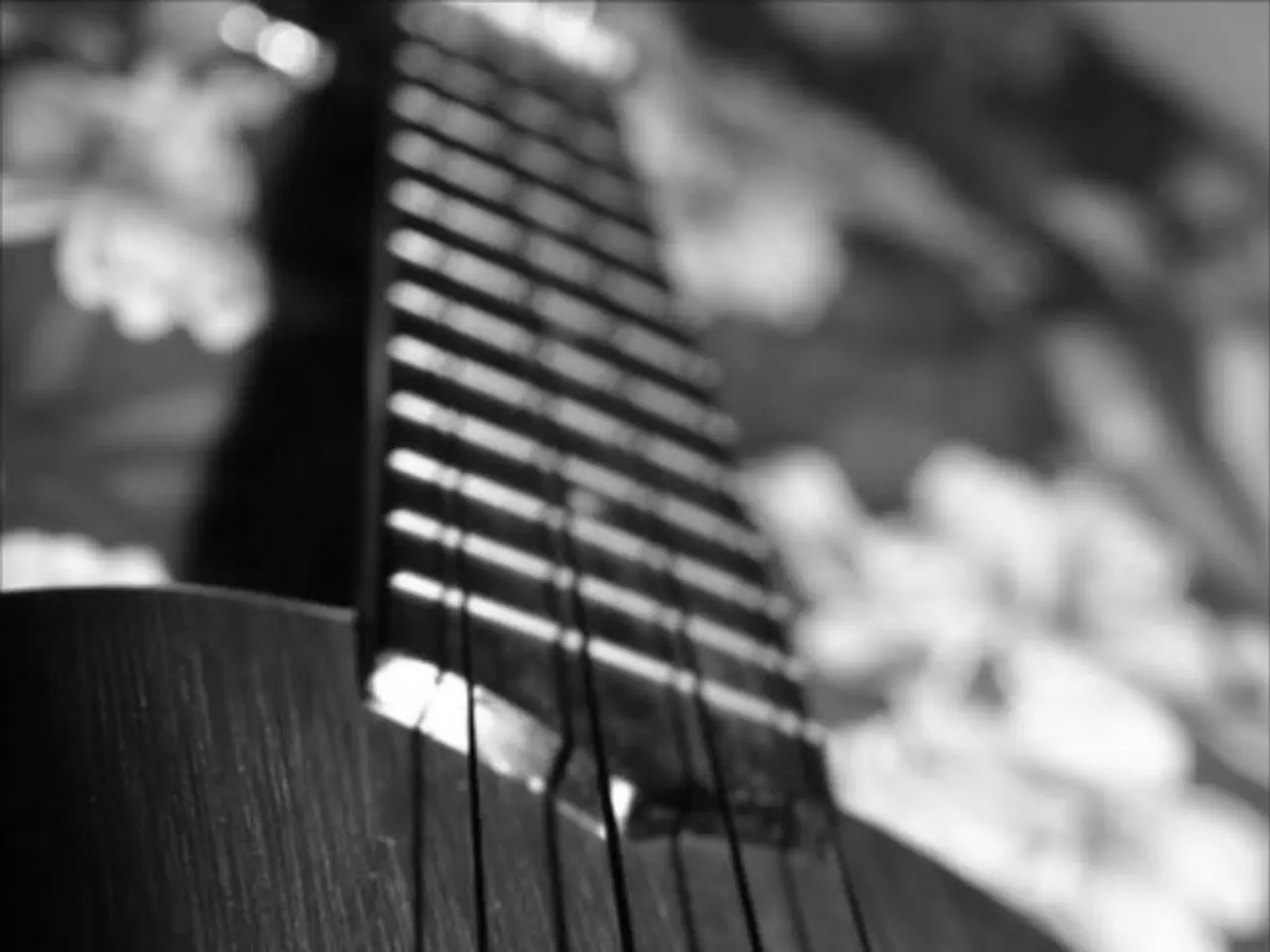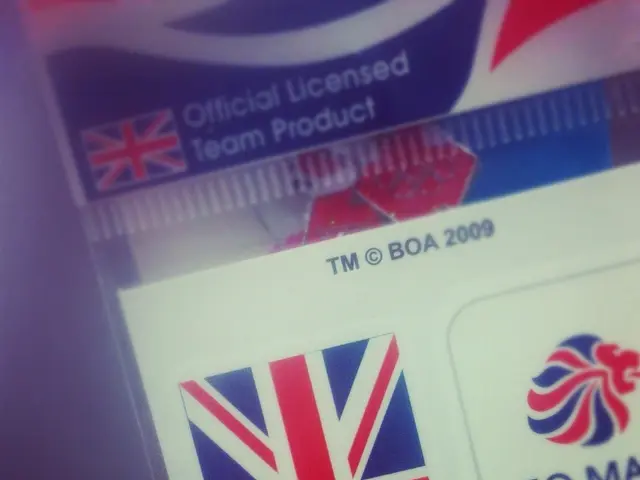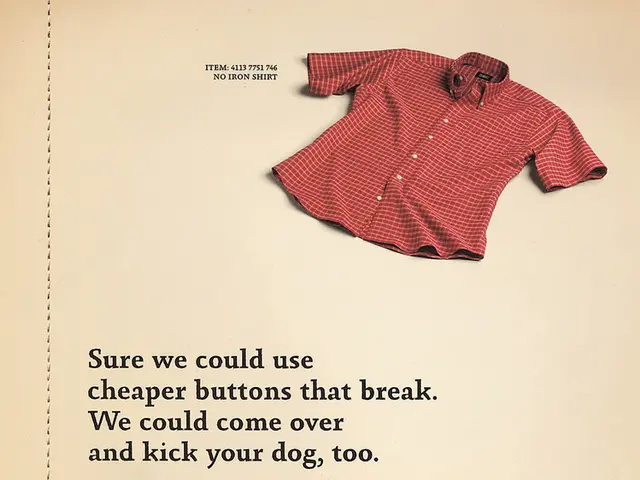Artificial Intelligence used to effortlessly fabricate a convincing, fictitious musical artist, as demonstrated by a popular YouTube personality
In the ever-evolving world of music, artificial intelligence (AI) is making waves, and one notable example is the creation of an AI-generated musical artist. This article will outline the process used to create such an artist, as demonstrated by YouTube personality Rick Beato.
Step 1: Artist Persona Creation
The first step in creating an AI artist involves developing their identity. For this task, ChatGPT is used to create a character, style, and backstory for the artist. This foundation helps the AI to generate content that is consistent with the artist's persona.
Step 2: Lyrics Writing
Once the artist's persona has been established, the next step is to write lyrics for the songs. AI programs like Claude or ChatGPT can be used to generate song lyrics tailored to the artist's persona and the desired theme for the song. It's essential to remove any structural tags like "verse one" before using the lyrics to ensure smoother AI vocal synthesis.
Step 3: Music and Vocals Generation
With the lyrics in hand, the next step is to produce music and vocals for the songs. SUNO is an AI program designed to generate music tracks quickly from textual input. By inputting prompts describing the desired musical style, mood, and lyrics, SUNO can synthesize songs with vocals aligned to the generated lyrics, delivering a complete track within seconds.
Step 4: Refine & Sync (Optional)
To improve coherence and stylistic consistency, AI programs like ChatGPT or Claude can be used again to describe the song's structure or style. These descriptions can then be fed into SUNO or related AI tools to ensure that the music and vocals align with the artist's persona.
Step 5: Visuals and Video Creation
To complete the AI artist's project, visuals and music videos can be created using AI tools like OpenArt.ai. These visuals can be synced with the music using the tool, requiring no manual editing skills.
Step 6: Distribution
Once the songs have been created, they can be uploaded to platforms like Spotify via distributors such as DistroKid, allowing the AI-generated music to reach an audience and be monetized.
This combined approach leverages each AI’s strengths to create an AI musical artist end-to-end—persona, lyrics, music, and even videos. One example of this process in action is the YouTube case of an AI alt-country artist called 'Eli Mercer', who used ChatGPT to create an avatar, Claude to write the lyrics, and SUNO to create the music for his first and only song, 'West Texas Dreams'.
The comments beneath the video for 'West Texas Dreams' reflect a mix of reality and fiction, with some commentators sharing personal experiences with the fictional character. However, it's important to note that 'Eli Mercer' is an AI-created artist, and the comments should be taken as part of the artistic experience rather than factual accounts.
Rick Beato's demonstration of creating an AI-generated musical artist has sparked conversations about the implications of AI in the music industry. Some commentators, like Andrew Frelon, have questioned society's acceptance of fake entities having more impact than real ones. Despite this, the process of creating an AI-generated musical artist is becoming increasingly accessible, as demonstrated by Rick Beato's demonstration.
While some may find it lame that Spotify allows the monetization of fake music on its platform, the potential for AI in the music industry is undeniable. With advancements in AI technology, we can expect to see more AI-generated musical artists in the future.
- The AI-generated musical artist, 'Eli Mercer', was created using a combination of several AI programs, including ChatGPT for creating the artist's persona, Claude for composing the lyrics, and SUNO for producing the music.
- The song 'West Texas Dreams', created by 'Eli Mercer', was an example of AI's potential in the music industry, as shown by YouTuber Rick Beato's demonstration.
- The comments on 'West Texas Dreams' reflected a blend of reality and fiction, with some viewers acknowledging 'Eli Mercer' as a fictional character while others shared personal experiences with the character.
- The process of creating an AI-generated musical artist, such as 'Eli Mercer', has been questioned by some commentators like Andrew Frelon, who question society's acceptance of fake entities having more impact than real ones.
- Despite concerns about AI's role in the music industry, the increasing accessibility of creating AI-generated artists, as demonstrated by Rick Beato, suggests a growing trend in this area.
- With advancements in Artificial Intelligence (AI) technology, we can anticipate seeing more AI-generated musical artists in the future, potentially reshaping the entertainment and music industries.
- As the technology continues to develop, the potential for AI in the music industry, including AI-generated musical artists, remains a significant and intriguing aspect of the ever-evolving world of music and entertainment.




